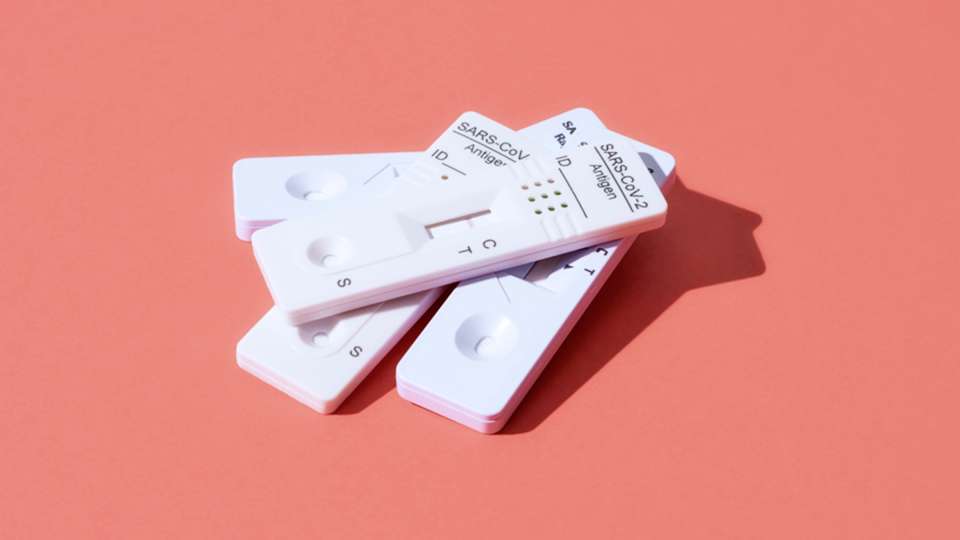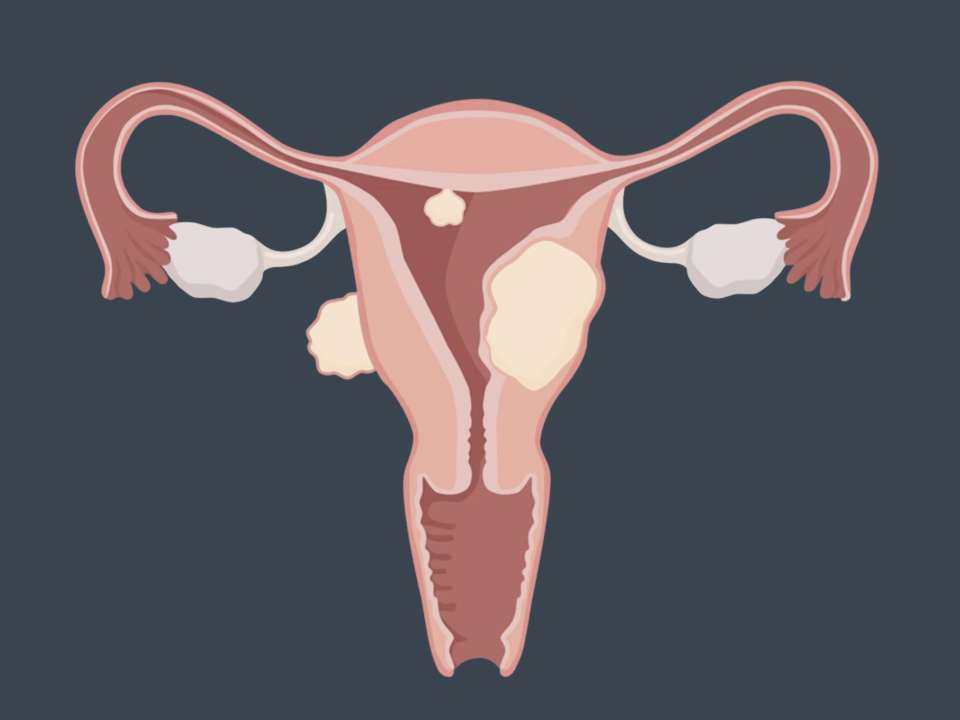
To throat swab or not to throat swab, that is the question. Or rather, it’s one of many.
The surge of omicron has brought forth new questions on when to get tested for COVID-19 and how to get the most accurate results.
UW Medicine laboratory medicine expert Dr. Geoffrey Baird breaks down the data to give you straightforward answers on how and when to test for COVID-19 during the omicron surge.
What are the types of diagnostic COVID-19 tests?
There are two overarching types of COVID-19 tests used to determine if you are infected with the virus: molecular and antigen.
Molecular tests, aka nucleic acid amplification tests (NAAT) or reverse transcription-polymerase chain reaction tests (RT-PCR)
These tests detect genetic material of the coronavirus through a lab procedure. Because they are processed in a lab, they are generally more reliable, but it takes longer to receive your results (ranging from within 24 hours to a couple of days, depending on where you are tested and turnaround times get longer when there is more demand for testing).
Antigen tests or rapid tests
These tests detect pieces of proteins from the virus and can provide results in about 15 minutes. While these tests are convenient (you can purchase them online or at a drug store and take them at home), they are less reliable than molecular tests.
When should you get tested for COVID-19 in the omicron era?
You should get tested if you have symptoms (say it with us now: fever or chills; shortness of breath; fatigue; muscle or body aches; headache; loss of taste or smell; sore throat; runny nose; nausea, vomiting or diarrhea) or if you have been in close contact with someone who has COVID-19.
What COVID-19 tests are effective at detecting omicron?
Molecular tests processed in a lab are still the best tests available for detecting a COVID-19 infection, but Baird says both rapid tests and molecular/PCR tests can detect omicron, depending on if you have symptoms or not.
“Rapid testing is a great approach if you’re symptomatic. The data on how those work are within 90% of the sensitivity of PCR testing if you’re symptomatic,” Baird says.
However, if you don’t have symptoms, rapid tests are not as effective at detecting an infection and could give you a false negative, meaning the test says you’re not infected when you actually are.
So, if you have been exposed or potentially exposed to coronavirus, schedule an appointment for a PCR test five days after exposure, if possible. If you’re already symptomatic, then it’s OK to use a rapid antigen test if you have one.
Should you swab the back of your throat during rapid antigen tests?
You’ve likely seen people on social media talking about swabbing their throat in addition to swabbing their nose when completing a rapid antigen test.
The thought here is that swabbing your throat as well as your nose increases the chances that the sample will detect omicron, especially if you have a sore throat. Some doctors have hypothesized the early onset of omicron symptoms may mean that in the first couple days of infection you have more of the virus in your throat and saliva than your nose, making a throat swab more effective.
More research is needed to determine if swabbing your throat does in fact increase the sensitivity of at-home rapid tests, but for now Baird recommends using nasal samples, in line with the FDA approvals for the tests, until there is better evidence.
Why is it harder to find testing appointments for COVID-19 right now?
In short, there is a higher demand for tests because omicron is highly contagious, and more people are getting sick or are being exposed to those who are sick.
The higher demand makes it harder to find antigen tests that you can take at home or available appointments for molecular tests from a healthcare provider. (Which is why it’s essential to stop wasting COVID-19 tests for TikTok views.)
Another wrinkle is positive tests take longer to process than negative tests.
This is because many labs, including UW Medicine labs, have employed a process called pooling to test COVID-19 samples.
Pooled testing is when scientists combine a small portion of four samples and test them together. If the result is negative, the process ends there because none of the samples contain the virus. If the result is positive, each sample is retested individually to find out which person of the four is infected. This approach saves a lot of time and testing by ruling out many samples at the pool stage.
The approach breaks down when more than about 10% of the samples are positive, though, since all of the pools end up being positive, and thus there is no work saved by pooling. Labs must now test all samples individually, reducing throughput. This means it takes longer to complete testing — resulting in fewer samples tested per day and fewer available testing appointments.
What should you do if you cannot find an available test for COVID-19?
It’s frustrating to not have access to a COVID-19 test when you need one, but as positivity rates increase this scenario is becoming more likely. So, what should you do?
“If it becomes very difficult to get a test, you should probably just consider symptoms to be an indicator that you could very well have COVID-19,” Baird says.
Playing things safe and assuming your sneezes, scratchy throat or cough is COVID-19 means you will take the necessary precautions, like isolating yourself, that keep others safe. (And even if your cough isn’t COVID-19, you’ll avoid spreading your cold to others, which is also a good thing.) In addition to tests, the best way to stay safe is to get vaccinated, boosted and wear a mask.
Baird and countless other scientists, researchers and doctors recognize many people are tired of COVID-19 safety protocols — and they want to be able to get back to seeing friends and family, too. But they also know the hard reality: In order to keep each other safe and get to the end of this pandemic, we must continue to practice COVID-19 safety measures.
“We are in the midst of the worst public health disaster of our lifetime in terms of raw numbers of people that have been infected and people that have died. It’s important to remind ourselves this isn’t an inconvenience, this is a serious public health problem right now. Yes, people do want to go back and live their lives — I certainly want to do the same — but there are some sacrifices we have to make as a society. There aren’t too many ways around this,” he says.
The info in this article is accurate as of the publishing date. While Right as Rain strives to keep our stories as current as possible, the COVID-19 pandemic continues to evolve. It’s possible some things have changed since publication. We encourage you to stay informed by checking out your local health department resources, like Public Health Seattle King County or Washington State Department of Health.

 Healthy ideas for your inbox
Healthy ideas for your inbox





